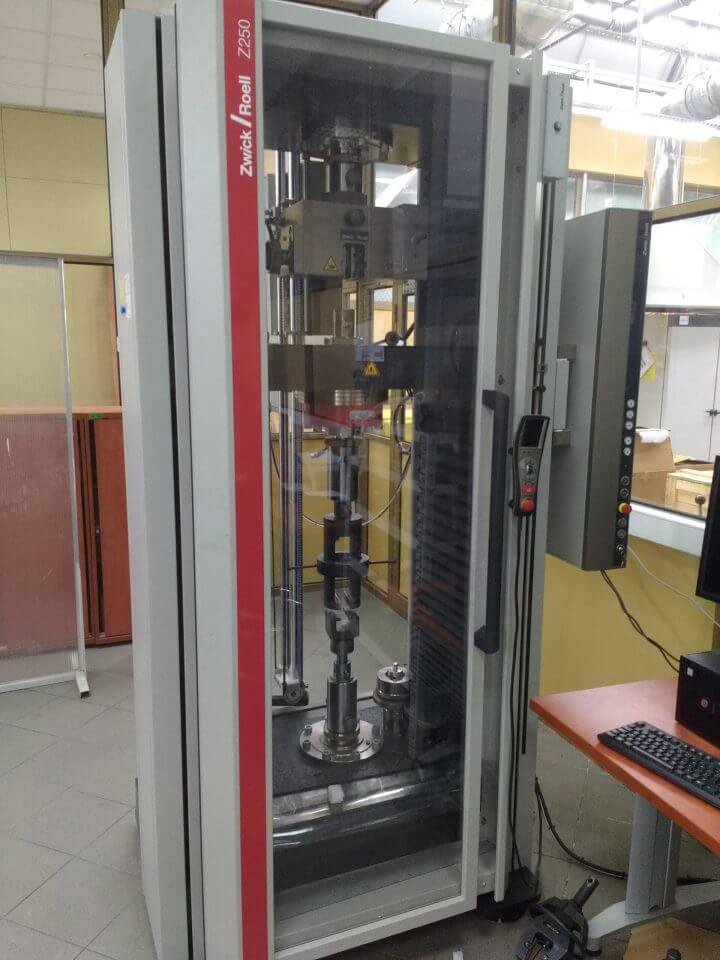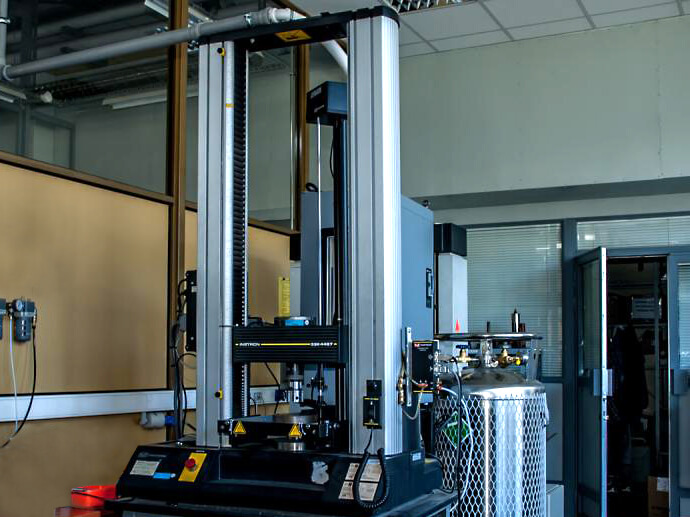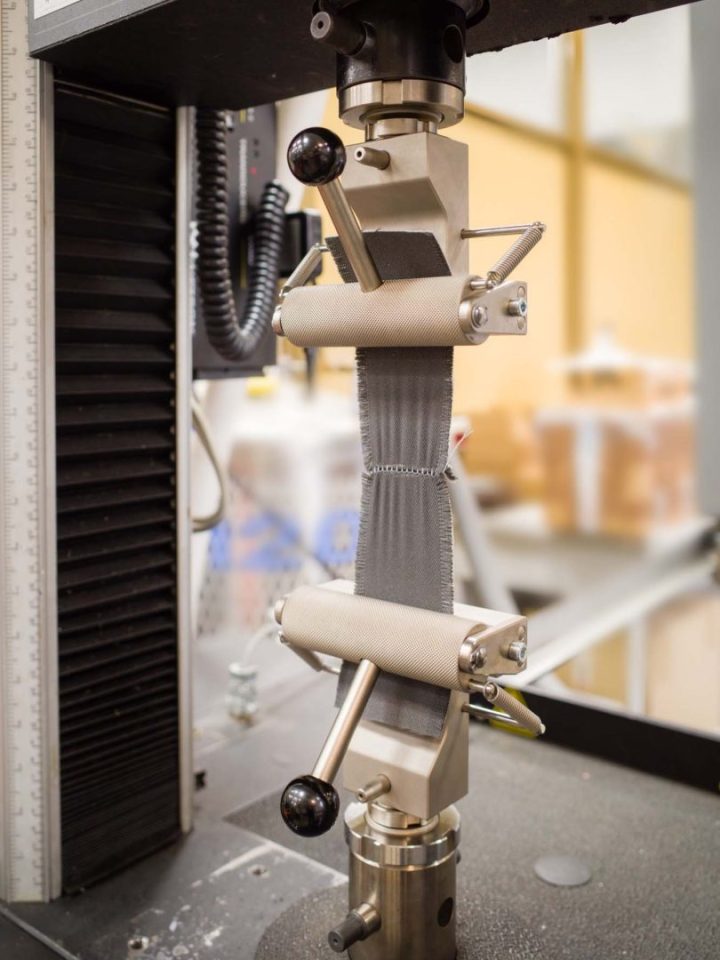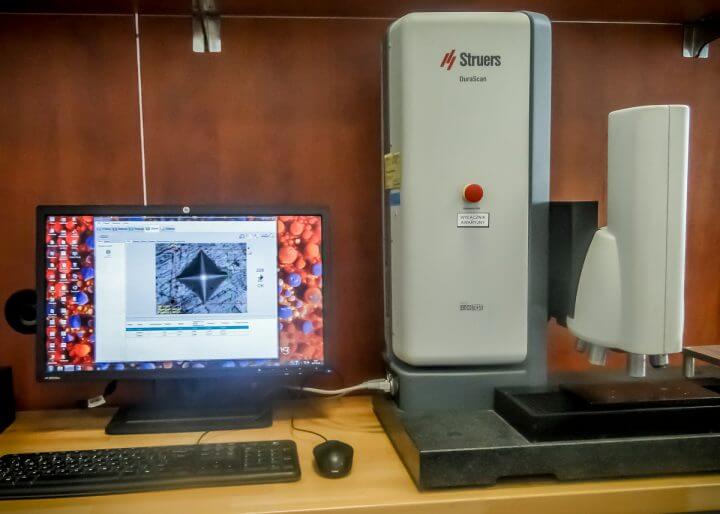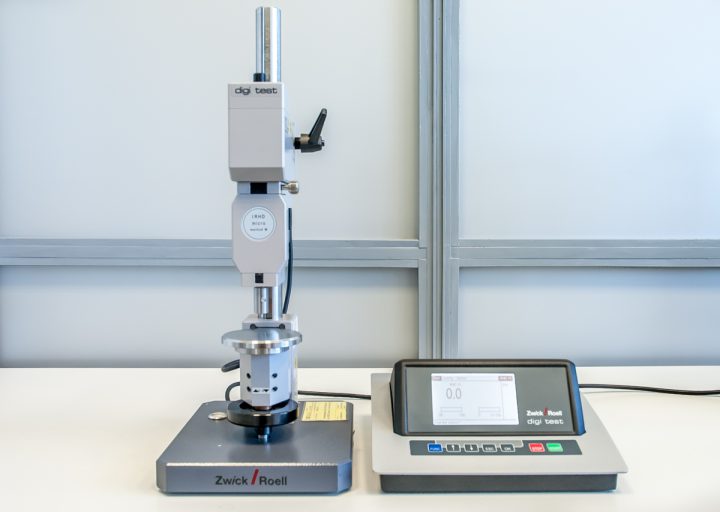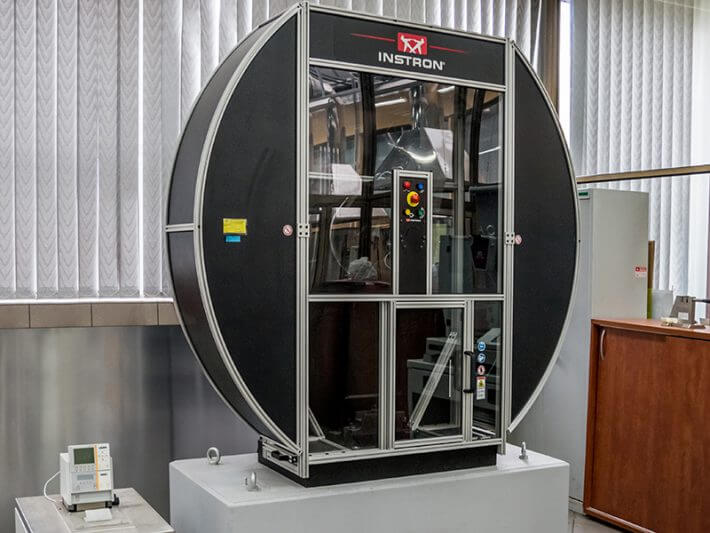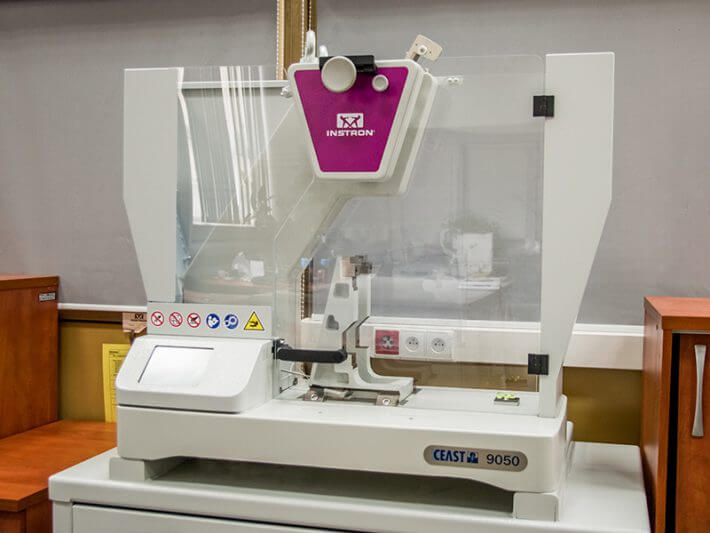On this page:
- Testing of metal resistance properties
- Testing of rubber and plastic resistance properties
- Rubber products
- Plastic products
- Seam strength tests. Seam slippage tests
- Hardness testing of metals, metal alloys and sinters
- Elastomers and polymer materials’ hardness
- Product coating hardness
- Impact resilience of plastics and metals
- Plastic impact resilience
- Metal impact resilience
- Elastomer fragility testing
See more:
- Właściwości fizykochemiczne, estetyczne i użytkowe
- Testy ciśnieniowe, testy szczelności wyrobów



